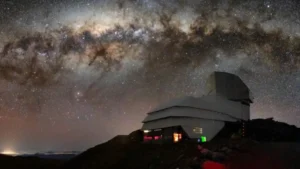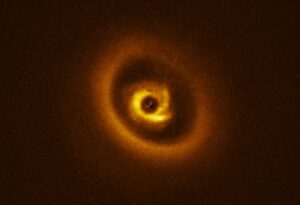For centuries, mankind has pondered if there might be life on Mars, and now we finally know what’s out there: space bears.
As the Mars Reconnaissance Orbiter passed over the Red Planet last month, it carried with it the most powerful camera ever to venture into the Solar System.
Scientists hoped to capture something that had never been observed before — and that’s exactly what happened. The camera found a surface feature of Mars that is, unequivocally and without doubt, the face of a cuddly-wuddly teddy bear.
The “face” is spread over a 2,000m-wide feature, and immediately caught the eye of astronomers.
“There’s a hill with a V-shaped collapse structure (the nose), two craters (the eyes), and a circular fracture pattern (the head),” scientists at the University of Arizona, which operates the camera system, said in a Phys.org story.
Images of Mars’ surface have captured all kinds of strange and beautiful landscapes, as seen on the Instagram account below.
Ver esta publicación en Instagram
As for the bear face, each of its features may be the result of different environmental changes to the surface, showing scientists that Mars has a highly active planetary surface.
“The circular fracture pattern might be due to the settling of a deposit over a buried impact crater,” the scientists said. “Maybe the nose is a volcanic or mud vent and the deposit could be lava or mud flows?”
The pareidolia concept
The HiRISE, or High Resolution Imaging Science Experiment, seen in the Instagram account above, has been circling Mars since 2006. It gathered images into data and sent it to Earth, and now scientists — and the rest of us — have proof that the cosmos has a sense of humor.
The phenomenon of seeing faces in a collection of Martian rocks has a psychological explanation as well, according to Space.com. Pareidolia is used to describe a tendency to find significance in random images or sounds, such as the “human face” spotted elsewhere on Mars about 25 years ago. Or even the “canals” of Mars over a century ago.
Of course, the bear face etched into the surface of Mars looks suspiciously authentic for a mere mind trick.
There’s only one real explanation, in this writer’s opinion: a galaxy-spanning civilization of space bears.
And who do they hang out with? The space whales from Star Trek IV: The Voyage Home — obviously.
This is just science, folks.





